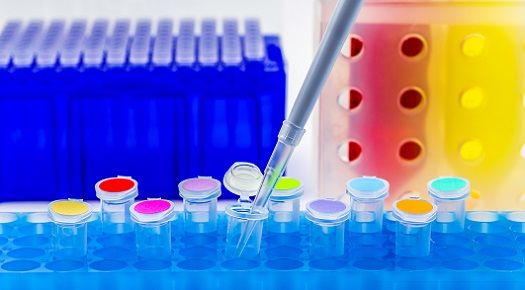Article
Meta-Analysis Asserts Link Between Traffic Pollution and Childhood Asthma
Author(s):
Studies that found no connection are outliers, the authors of the new meta-analysis write. They believe the findings have been consistent enough to assert a certain link between pollution exposure and juvenile asthma, but they note that many important questions remain.

Individual analyses of exposure to traffic-related air pollution (TRAP) have reached differing conclusions about whether it increases the risk of childhood asthma, but a new meta-analysis concludes that several pollutants almost certainly do.
Investigators combined 41 studies that measure both early exposure to TRAP and asthma diagnosed before the age of 18 years. The overall random-effects risk estimate was 1.08 (95% confidence interval [CI], 1.03-1.14) per 0.5×10-5 of black carbon, 1.05 (95% CI, 1.02-1.07) per 4 μg/m3 of nitrogen dioxide (NO2), 1.48 (95% CI, 0.89-2.45) per 30 μg/m3 of nitrogen oxides (NOx), 1.03 (95% CI, 1.01-1.05) per 1 μg/m3 of particulate matter < 2.5 μm in diameter (PM2.5), and 1.05 (95% CI, 1.02-1.08) per 2 μg/m3 of particulate matter < 10 μm in diameter (PM10).
Sensitivity analyses supported all those findings, but the investigators noted a high degree of heterogeneity, not only in the results of various studies, but also in the way the various studies defined asthma, measured exposure to TRAP and adjusted for confounders. Estimates of the association between black carbon and asthma were the most consistent, while estimates for the association between NO2 and NOx were the most variable.
“To our knowledge, this is the largest and most up-to-date review and analysis of current evidence of the etiology of childhood asthma and TRAP,” the study authors wrote in Environment International. “Based on this updated evidence base, we believe there is now sufï¬cient evidence to support an association between the exposure to TRAP and the development of childhood asthma.”
Most of the included studies (22) assessed TRAP exposure with some sort of land-use regression model. Another 16 studies used TRAP surrogates, such as proximity to highways, while 11 used data from pollution monitoring stations and one used measurements at individual homes. (Several used more than one method). As for asthma rates, some studies measured them via patient questionnaires while others used medical records.
These differences in measuring TRAP exposure and asthma led to differing conclusions in the underlying studies. Most of them found a significant correlation between TRAP and asthma — though effect sizes varied substantially — but a few studies found no connection at all.
A Japanese study published in BMJ Open earlier this year followed 63,266 children from the 18th to the 36th month of life. It found no significant association between exposure to an OS X or elemental carbon, as estimated by dispersion model, and new cases of asthma. A 2002 German study of 1,756 infants, which was published in the European Respiratory Journal, also found no connection between exposure to PM 2.5 or N02 in infancy and subsequent asthma. (Another study, which was summarized here last month, found no link between asthma and trap in 577 children age 6 years to 14 years.)
Such studies are outliers, however, the authors of the new meta-analysis write. They believe the findings have been consistent enough to assert a certain link between pollution exposure and juvenile asthma, but they note that many important questions remain.
“The question of whether the increase in asthma incidence and/or lifetime prevalence we estimated represents added cases or merely an acceleration of the development of asthma or increased severity making the disease sufficiently apparent for clinical diagnosis is unresolved, and cannot be answered based on current evidence.”
Related Coverage:
Are Children Growing Up Near Highways More Likely to Be Asthmatic?
Atopy and Allergen Exposure Impact Asthma Severity in Children





